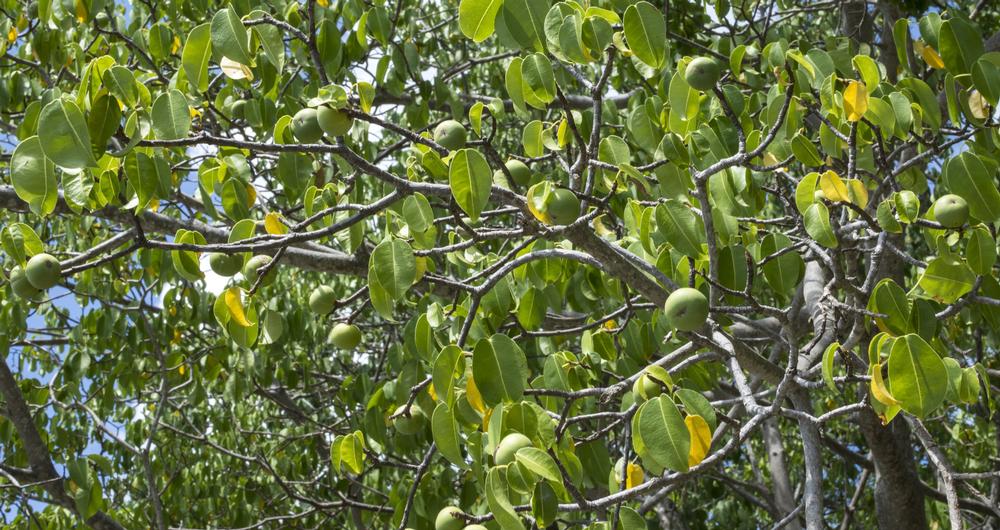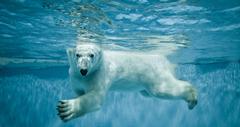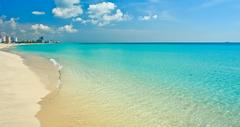The manchineel, or beach apple, is a flowering tree found throughout Florida, the Caribbean, the Bahamas, Mexico, and parts of Central and South America. The tree mainly grows in brackish waters of mangroves and swamps along the coast. The manchineel tree is instrumental in preventing erosion by stabilizing the sand with its roots and offering a natural windbreak.
However, should you come across a manchineel tree on the beach – stay far away. It is among the world’s most poisonous trees. The sap from the tree is highly toxic and can seep from the stem, branches, leaves and fruits. Although the manchineel gets its name from the Spanish “little apple,” for the apple-like fruits that it bears, it is absolutely not edible. In fact, in Spain, it’s colloquially referred to as manzanilla de la muerte, or “little apple of death.” Rumor has it that the manchineel tree is what killed the explorer Juan Ponce de Leon in 1521 on his second trip to Florida. He was allegedly struck by an arrow that had been dipped into the poisonous sap, dying shortly thereafter.
The Manchineel Tree
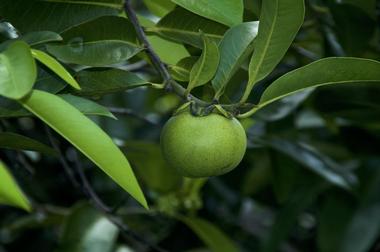
© Stephen Orsillo
Manchineels may grow up to 50 feet tall. The trees have a red-grey bark, 2 to 4-inch green shiny leaves, and bear little green flowers that give way to a fruit that looks similar to a small green apple. The milky white sap, or latex, is the most toxic part of the tree and is found in every part. It is said that even standing close to the tree puts one in danger, as the sap may drip from the leaves or branches. Of course, touching the tree, eating the fruit, or coming into contact with the bark is extremely dangerous.
Toxicity
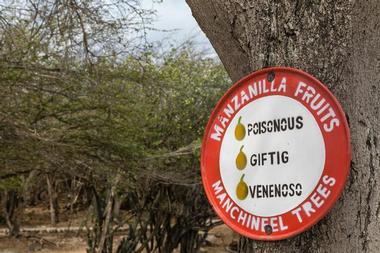
© dbvirago/stock.adobe.com
Scientists are unclear on the exact makeup of the tree’s toxins, although it does contain phorbol, which is a highly water-soluble skin irritant. This explains the increased risk of exposure due to rain, as phorbol components dissolve easily into raindrops and can be spread to anything nearby. Even cars parked under the tree are at risk of being corroded by the dangerously strong toxic sap.
In many parts of the world, the trees are identified with warning signs. Some are marked with a red X or a red band, while others have more specific signage posted. On the island of Bonaire, the trees are unmarked, so visitors must be vigilant.
History
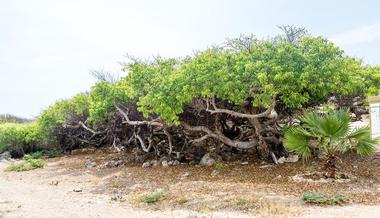
© dbvirago/stock.adobe.com
Most stories of run-ins with the manchineel come from literature and novels, which tell tales of exploration, pirates, being shipwrecked, and washed ashore on a secluded island, only to find the manchineel as the sole source of fruit.
The manchineel is currently on the endangered species list in Florida. For visitors who are looking for one, it is most common in the coastal mangrove forests of Flamingo in Everglades National Park, and can be found in clusters on some of the smaller key islands, such as Key Largo and Elliot Key.


